When Dealing With Non-compliance What Is The Most Preferred Solution
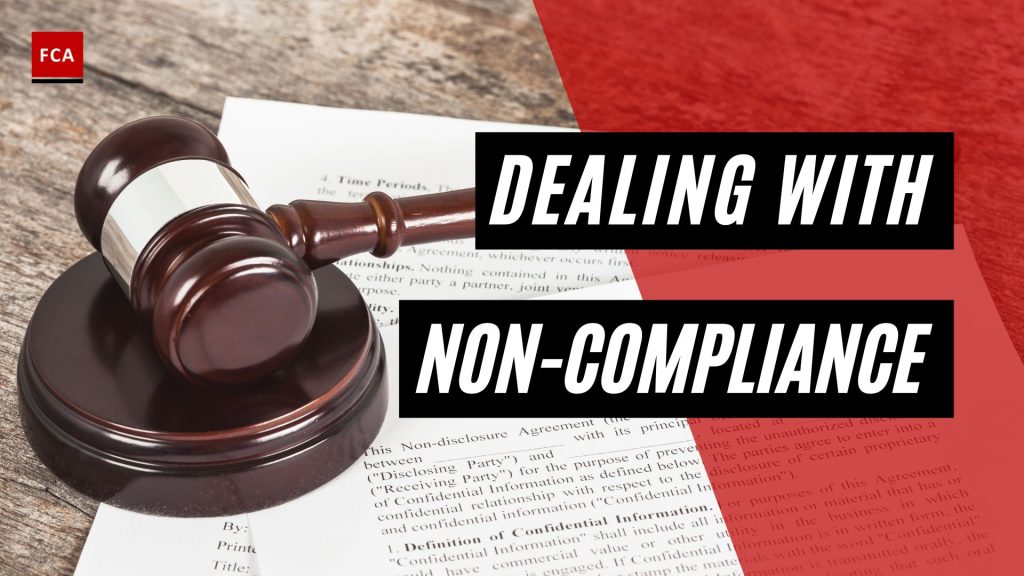
Imagine a bustling construction site, the air thick with the scent of concrete and the rhythmic clang of hammers. Yet, amidst the controlled chaos, a worker casually bypasses a safety harness, a seemingly small act with potentially devastating consequences. This scenario, playing out in countless workplaces and everyday situations, begs a critical question: When faced with non-compliance, what’s the most effective way to turn the tide and foster a culture of adherence?
The most preferred solution when dealing with non-compliance isn't a one-size-fits-all answer, but rather a tailored approach that prioritizes understanding the root cause of the issue, emphasizing education and positive reinforcement, and escalating to disciplinary measures only when necessary. Finding the optimal balance hinges on creating a culture where compliance is seen not as a burden, but as an integral part of a safe and productive environment.
Understanding the Landscape of Non-Compliance
Non-compliance manifests in various forms, from minor infractions like failing to wear appropriate PPE to more serious violations of regulations or ethical guidelines. It’s crucial to recognize that non-compliance rarely stems from simple defiance; often, it’s rooted in a complex interplay of factors.
These factors can include a lack of awareness regarding rules or procedures, inadequate training, poor communication, or even systemic issues like unrealistic deadlines or a culture that inadvertently prioritizes speed over safety. Neglecting to understand these underlying causes can lead to ineffective and potentially counterproductive interventions.
Consider the findings from a study by the National Safety Council, which highlighted that a significant percentage of workplace accidents are linked to inadequate training and a lack of clear communication regarding safety protocols. This underscores the importance of proactively addressing these foundational elements to prevent non-compliance before it occurs.
The Power of Education and Positive Reinforcement
The most effective initial response to non-compliance is often education and positive reinforcement. This approach focuses on empowering individuals with the knowledge and motivation to make compliant choices.
Clear and accessible training programs are paramount. These programs should not only explain the "what" and "how" of compliance but also the "why," emphasizing the benefits of adherence and the potential consequences of non-compliance.
Positive reinforcement, such as recognizing and rewarding compliant behavior, can be a powerful motivator. A simple "thank you" for following protocol, or a public acknowledgment of a team's commitment to safety, can go a long way in shaping a culture of compliance.
Case Study: A Manufacturing Plant's Transformation
A manufacturing plant grappling with persistent non-compliance in its safety procedures implemented a multi-faceted approach centered on education and positive reinforcement. Instead of immediately resorting to disciplinary action, the management team invested in interactive training sessions, conducted regular safety audits with constructive feedback, and established a system for recognizing employees who consistently adhered to safety protocols.
Within six months, the plant saw a significant reduction in safety incidents and a marked improvement in employee morale. This illustrates the transformative potential of prioritizing education and positive reinforcement in addressing non-compliance.
When Disciplinary Action Becomes Necessary
While education and positive reinforcement are often the most effective first steps, there are instances where disciplinary action becomes necessary. This is particularly true in cases of repeated non-compliance, willful violation of rules, or when non-compliance poses a significant risk to oneself or others.
However, even when disciplinary action is warranted, it should be implemented fairly and consistently, following established procedures. The goal should not be simply to punish the individual but also to deter future non-compliance and reinforce the importance of adherence to rules and regulations.
Furthermore, any disciplinary action should be accompanied by a clear explanation of why the action was taken and what steps the individual can take to avoid similar situations in the future. This helps to ensure that the individual understands the consequences of their actions and has the opportunity to learn from the experience.
"The key is to create a system where compliance is seen as a natural and integral part of the job, not as an arbitrary set of rules imposed from above." - Dr. Emily Carter, Compliance Expert
Building a Culture of Compliance
Ultimately, the most sustainable solution to non-compliance is to build a culture where compliance is deeply ingrained in the organization's values and practices. This requires a commitment from leadership, active participation from employees at all levels, and a willingness to continuously evaluate and improve compliance processes.
Clear communication, transparent policies, and consistent enforcement are essential components of a culture of compliance. Leaders must model compliant behavior and hold themselves accountable to the same standards they expect of others.
Furthermore, creating an environment where employees feel comfortable reporting concerns and raising questions without fear of reprisal is crucial for identifying and addressing potential compliance issues before they escalate.
The Role of Technology
Technology can play a significant role in fostering a culture of compliance. Software solutions can automate compliance tasks, track training progress, and monitor adherence to regulations.
For example, automated systems can ensure that employees receive timely reminders to complete required training, or that equipment is properly maintained and inspected according to schedule. Data analytics can also be used to identify trends and patterns of non-compliance, allowing organizations to proactively address underlying issues.
Looking Ahead: A Continuous Journey
Addressing non-compliance is not a one-time fix, but rather a continuous journey of learning, adaptation, and improvement. As regulations evolve and new challenges emerge, organizations must remain vigilant and proactive in their efforts to foster a culture of compliance.
By prioritizing education, positive reinforcement, and fair enforcement, while also leveraging technology and fostering open communication, organizations can create environments where compliance is not only expected but also embraced as an essential element of success.
In the end, the most preferred solution to non-compliance is one that empowers individuals to make informed and responsible choices, contributing to a safer, more ethical, and ultimately more productive environment for all.

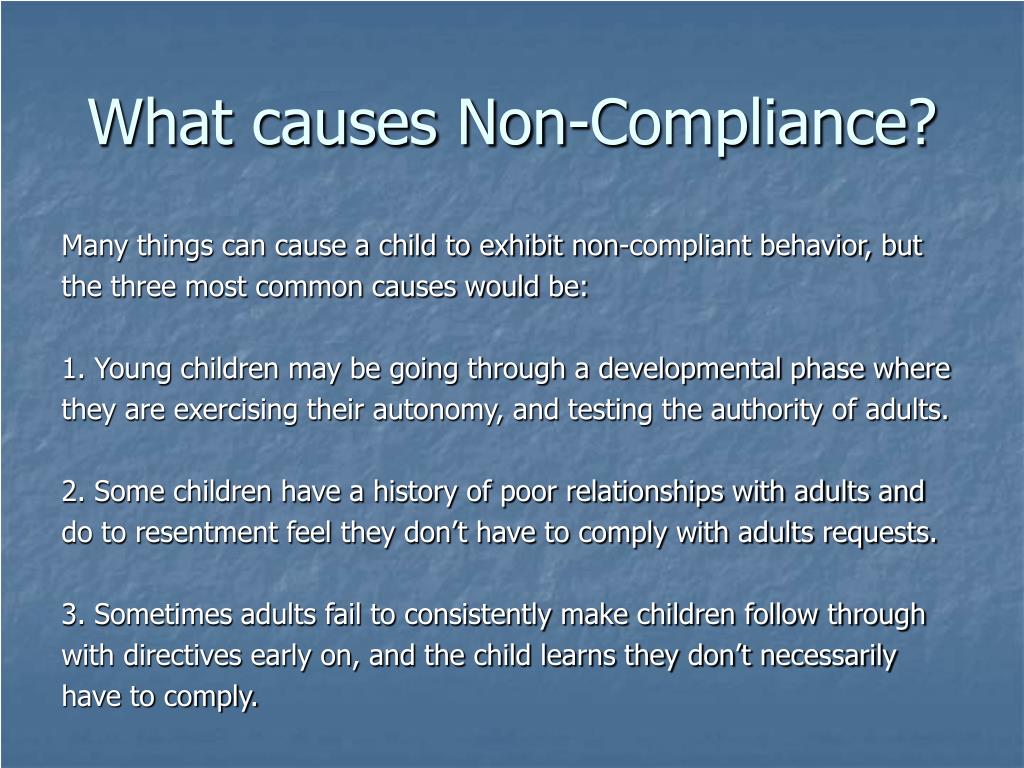

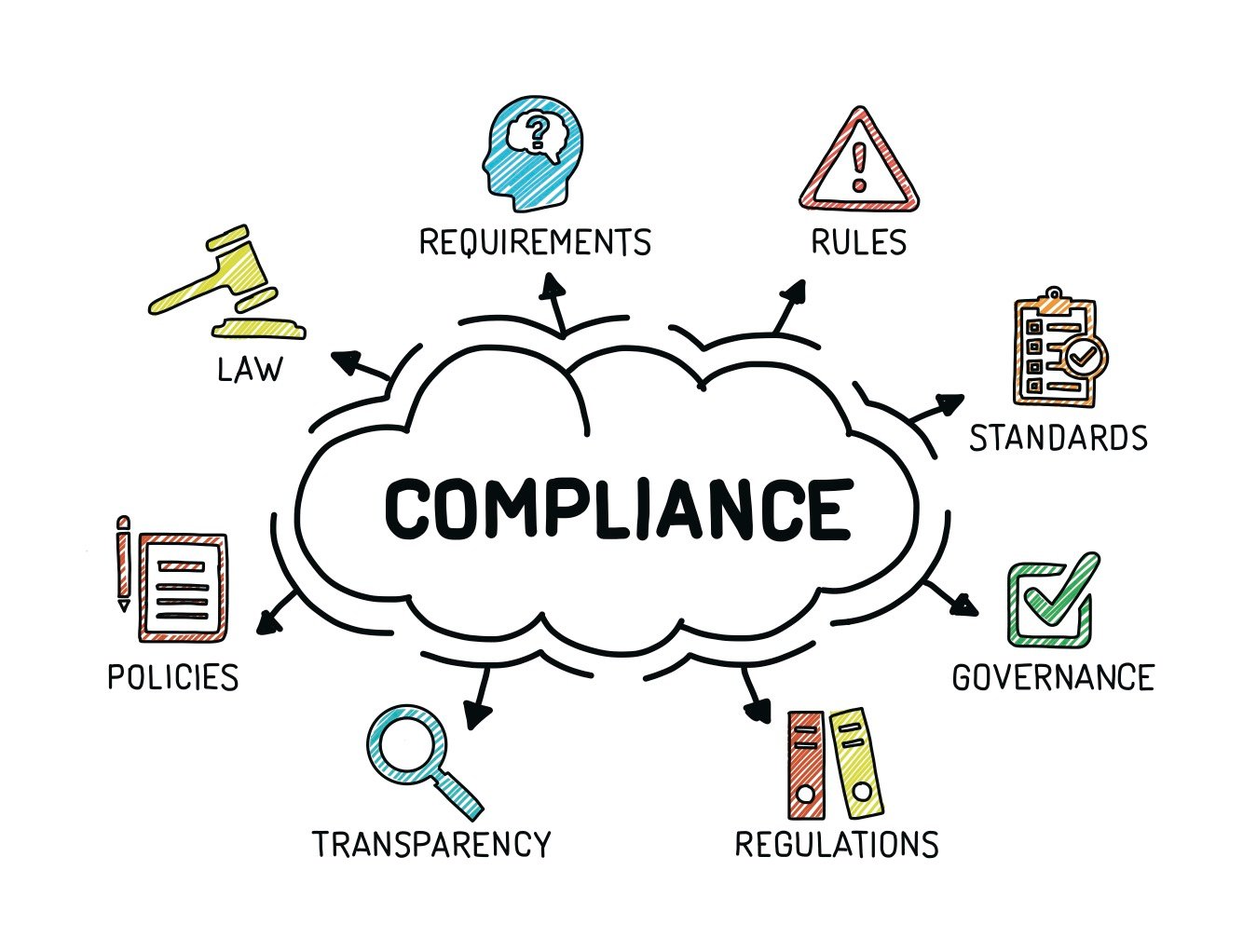


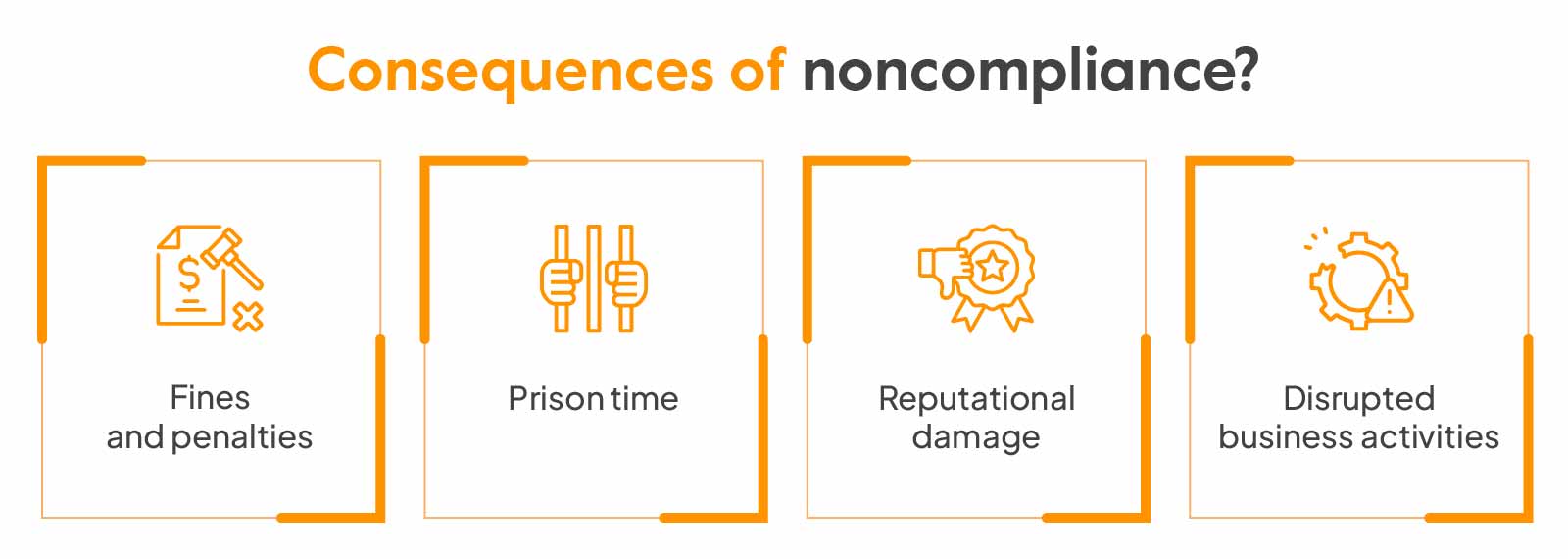






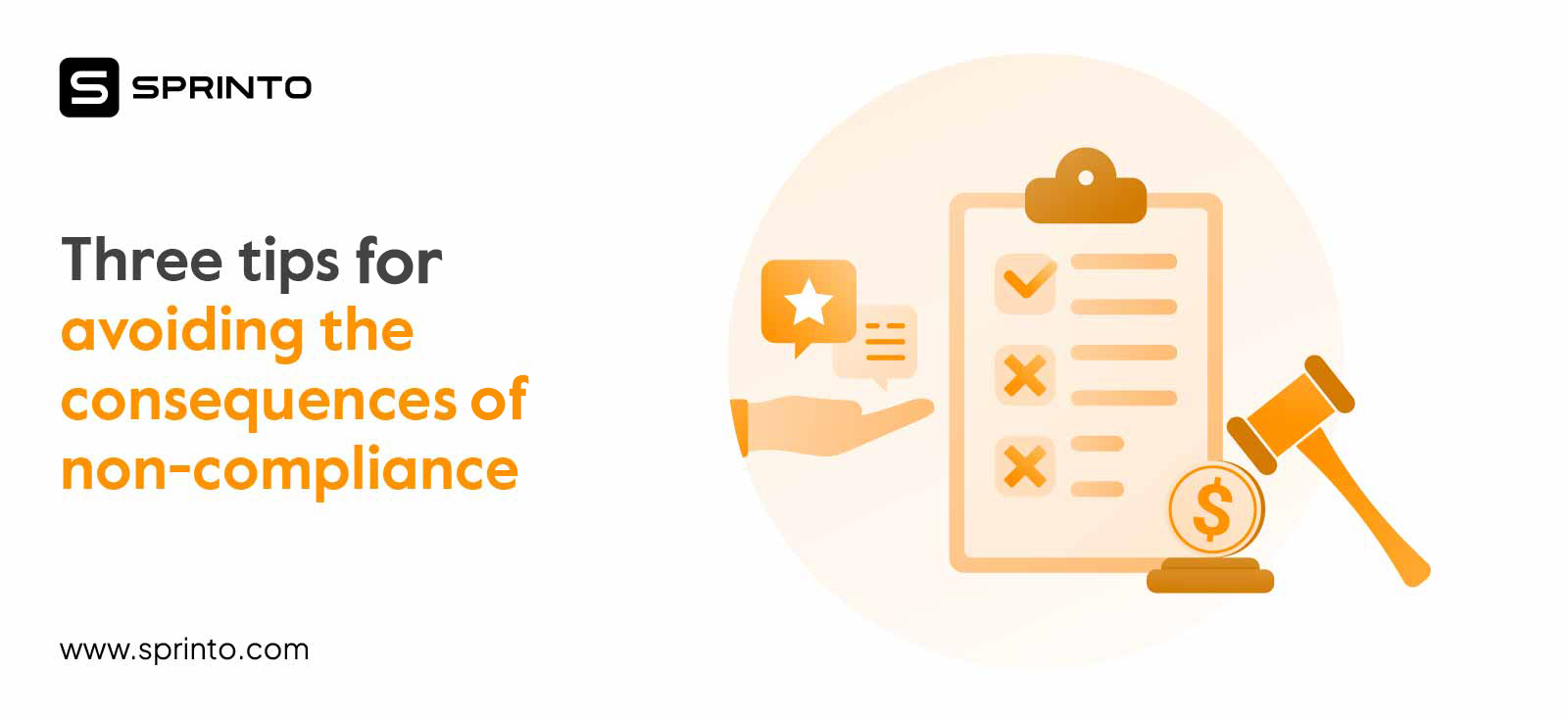

.png)


